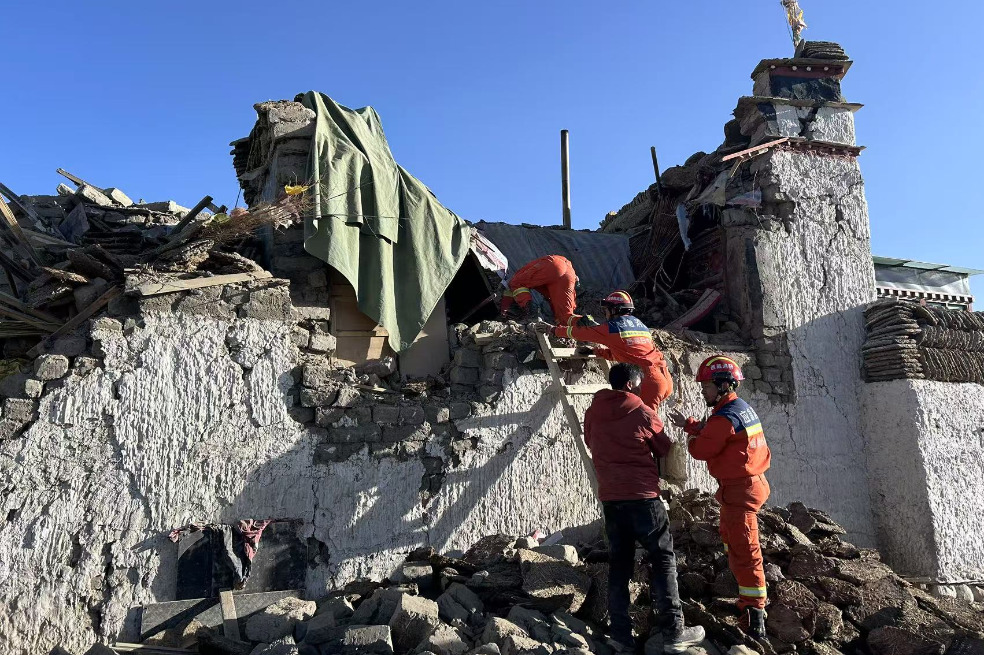Rediscovering Beijing’s Old Summer Palace
By Wang Kaihao | China Daily | Updated: 2017-08-01 07:19
 |
| An unearthed rock garden in Ruyuan. [Photo by Wang Kaihao/China Daily] |
"Only some scattered and broken sections were visible before the excavation."
For example, a 1 meter high foundation of the Yanqing Hall is there, besides a 1.4 meter part underground, says Zhang.
"The deep foundation indicates that the hall was grandiose," says Zhang.
The 322 sq m hall was the main building in Ruyuan.
The discovery of ceramic tiles that are hollow also indicate that Ruyuan was equipped with a central heating system.
The excavations also show that there was an artificial lake in Ruyuan and special equipment to regulate water flow.
As a result, the emperors were able to take a boat on entering this garden to a pier by the Yanqing Hall.
Zhang's team is also analyzing seeds found in the area to find out what kind of flowers used to blossom in Ruyuan.
Zhang says that when compared with the Forbidden City, which emphasized formal rituals, Yuanmingyuan was a place where the emperors could relax.
"The patterns on walking paths in Ruyuan are irregular, which shows the rulers' casual lifestyle," he says.
"We even found prototype of a modern urban road network, like today's relief roads and roundabouts that show advanced design."
Also, though houses face southward in traditional Chinese architecture, houses in Ruyuan broke the rule, which was probably to let the emperors get a view of the lake from all corners of the garden.
























